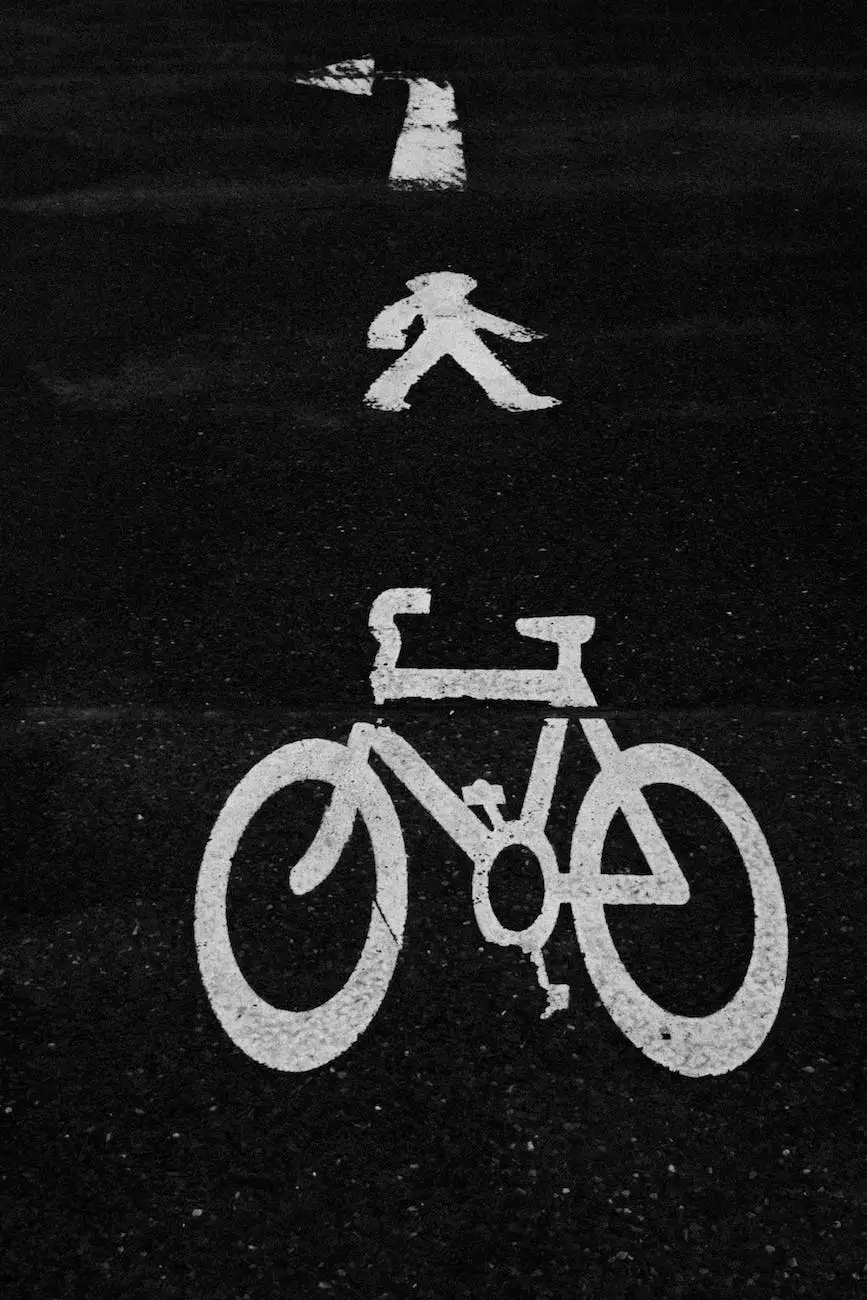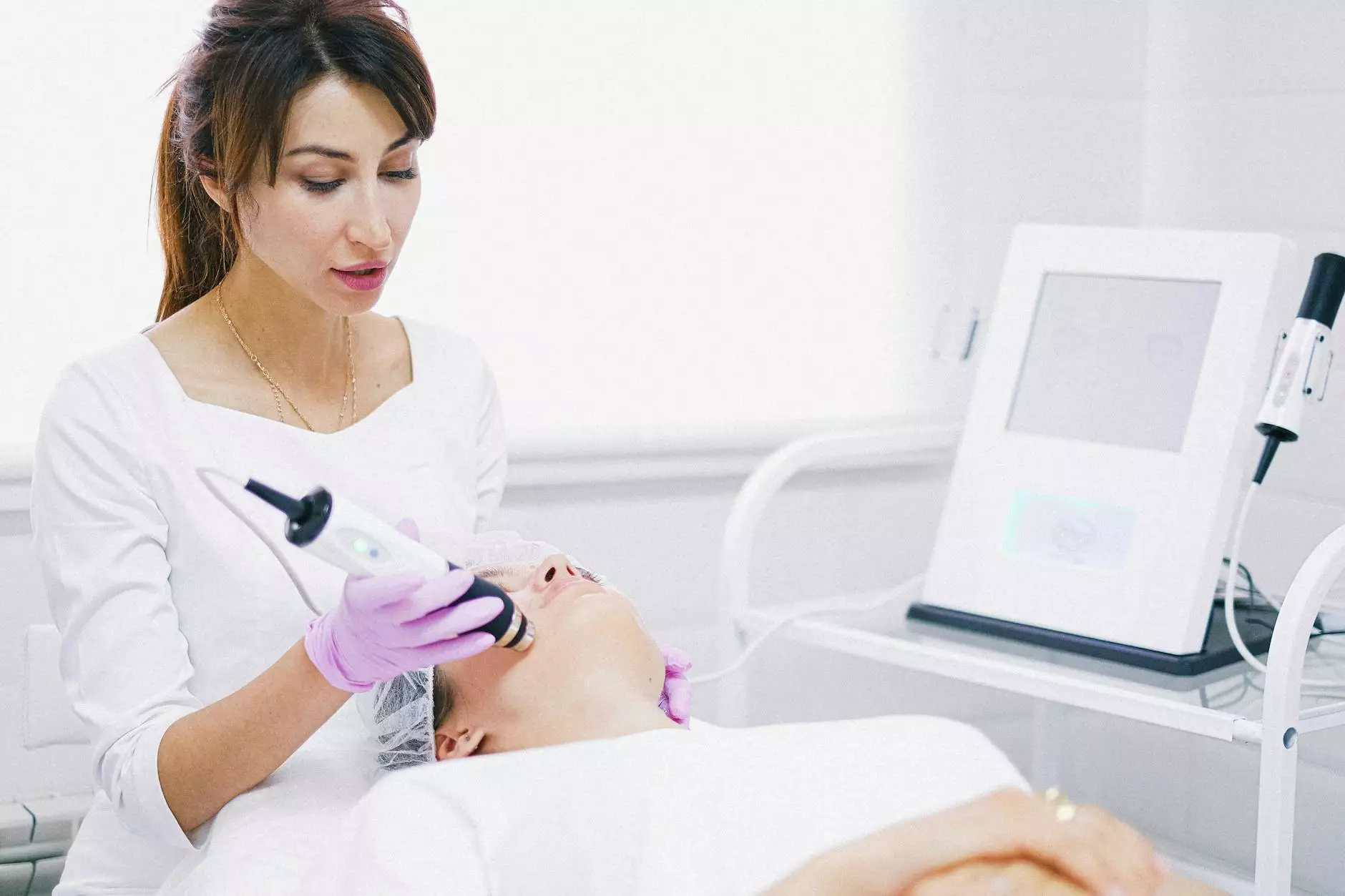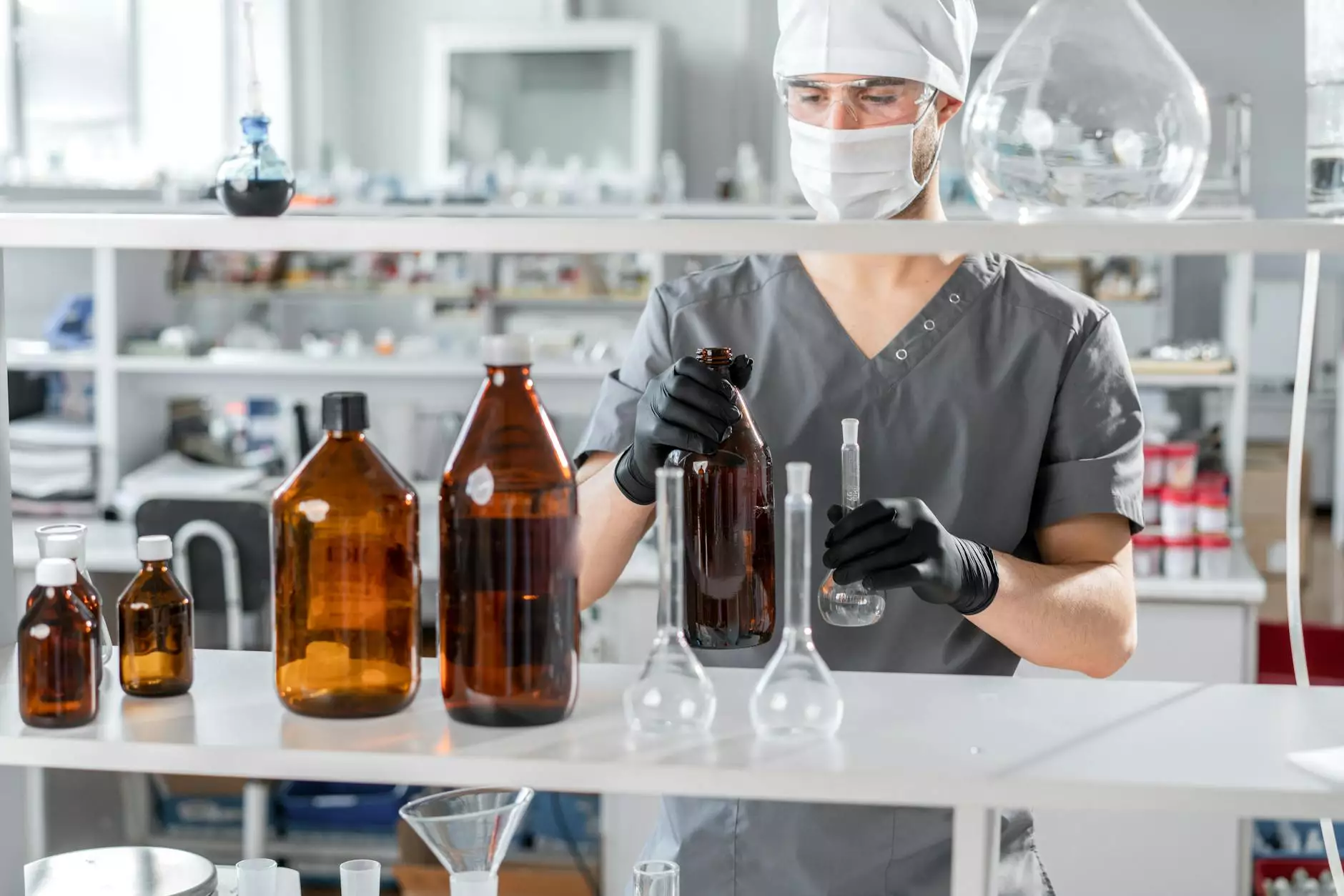Common Signs and Symptoms of Venous Disease
Wayne Health
Introduction to Venous Disease
As a leading healthcare provider in the field of vascular medicine, Bay Regional Medical Center is dedicated to raising awareness about different venous conditions and providing effective treatment options. Venous disease refers to a range of conditions that affect the veins, impairing their ability to efficiently carry blood back to the heart. If left untreated, these conditions can lead to various complications, making it crucial to recognize the common signs and symptoms early on.
Understanding the Causes of Venous Disease
Venous disease can occur due to multiple factors, including:
- Family history: If you have a family history of venous disease, you may be at a higher risk.
- Sedentary lifestyle: Lack of physical activity and prolonged sitting or standing can contribute to venous conditions.
- Obesity: Excess weight puts additional pressure on the veins, making them more prone to dysfunction.
- Pregnancy: Hormonal changes and increased blood volume during pregnancy can lead to venous insufficiency.
- Age: As we age, the walls of our veins may weaken, increasing the risk of venous diseases.
Signs and Symptoms of Venous Disease
Venous disease can manifest in various ways. Here are some common signs and symptoms:
1. Varicose Veins
Varicose veins are enlarged, twisted veins that often appear as bulging, bluish cords on the legs. They can cause discomfort, pain, and itching.
2. Spider Veins
Spider veins are smaller, web-like veins visible just below the surface of the skin. They may be red, purple, or blue and are often found on the legs and face. Although they don't usually cause significant symptoms, many people seek treatment for cosmetic reasons.
3. Leg Swelling
Swelling in the legs, ankles, and feet can be a sign of venous insufficiency. It occurs when the blood pools in the veins instead of flowing back to the heart effectively.
4. Leg Pain and Heaviness
Those with venous disease may experience aching, throbbing pain, and a feeling of heaviness or fatigue in the legs. These symptoms are often exacerbated after prolonged periods of sitting or standing.
5. Skin Changes
Over time, venous disease can lead to changes in the skin, including dryness, thinning, and discoloration. In severe cases, open sores or ulcers may develop, requiring immediate medical attention.
Treatment Options for Venous Disease
At Bay Regional Medical Center, we offer a wide range of treatment options for venous disease, tailored to the individual needs of our patients. These may include:
1. Sclerotherapy
Sclerotherapy is a minimally invasive procedure that involves injecting a solution directly into the affected veins, causing them to shrink and eventually fade away.
2. Endovenous Laser Ablation
Endovenous laser ablation uses laser energy to seal off and collapse the problematic veins, redirecting blood flow to healthier vessels.
3. Ambulatory Phlebectomy
Ambulatory phlebectomy is a surgical procedure that involves removing smaller varicose veins through tiny incisions. It is often performed on an outpatient basis.
4. Lifestyle Changes
Alongside medical treatments, lifestyle changes can greatly alleviate symptoms of venous disease. Regular exercise, maintaining a healthy weight, wearing compression stockings, and avoiding prolonged periods of sitting or standing can promote better venous circulation.
Take Control of Your Venous Health
If you are experiencing any of the signs and symptoms mentioned above, it's important not to ignore them. Early detection and treatment play a vital role in preventing complications associated with venous disease. Contact Bay Regional Medical Center today to schedule a consultation and take the first step toward healthier veins.




